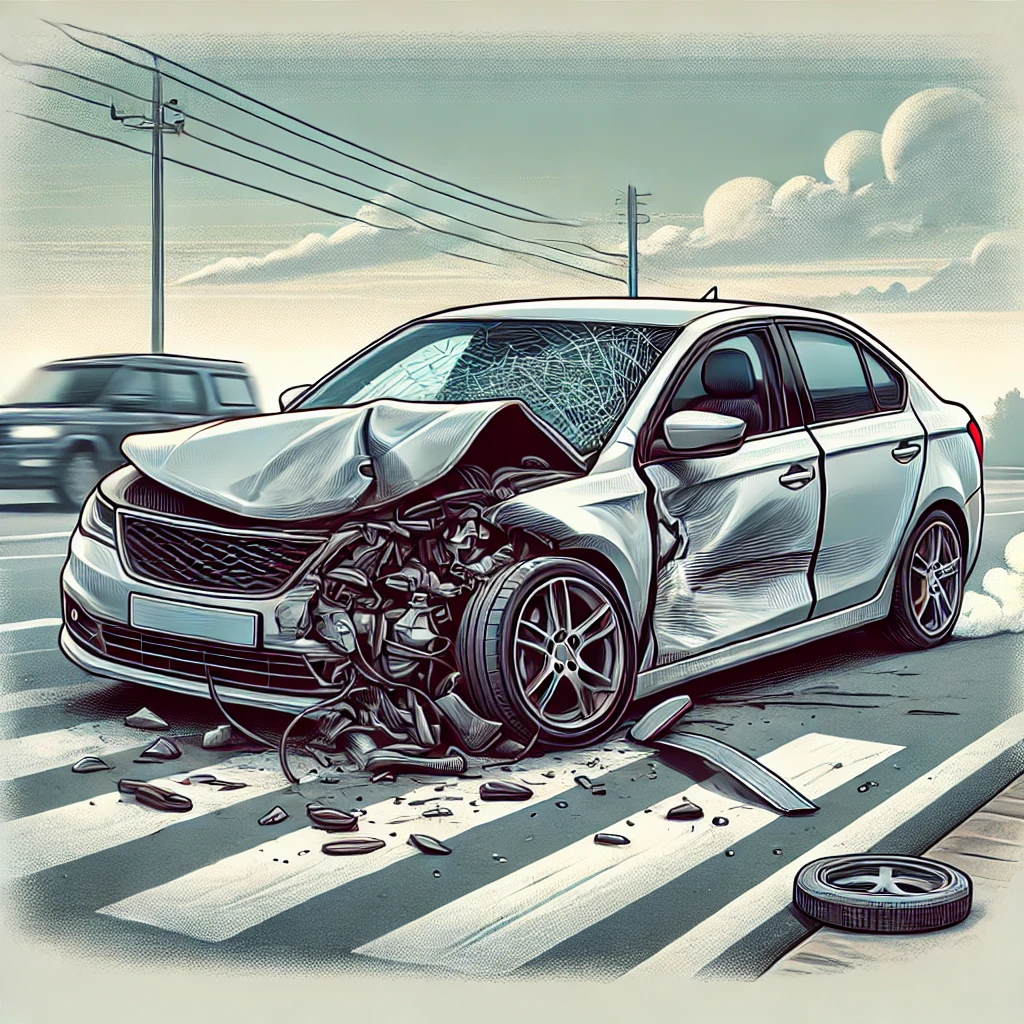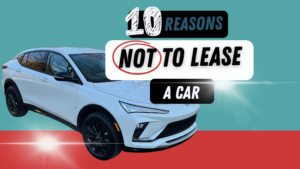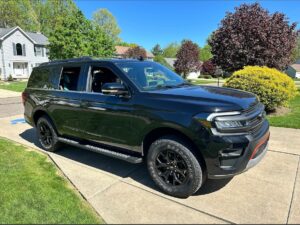Gap insurance can be a smart option to consider when buying a car. It’s really useful if you’re taking a loan that’s bigger than the car’s value. This insurance helps pay off what you still owe if your car gets totaled, and the payout from the insurance doesn’t cover the full loan amount.
It’s best to think about this type of insurance if you’re rolling over an older loan or if the car’s value might drop quickly. You might not need it for shorter loans or if you’re making a large down payment.
Paying for gap insurance through the dealership often includes added interest, so checking other providers is a wise decision. You don’t need to buy it in the finance office if you’re unsure if you need it. You can always call your insurance agent when you leave to get a quote.
Key Takeaways
- Gap insurance protects against loan value differences.
- Consider it when the loan exceeds car value.
- Look for alternatives to dealership options.
- Not everyone needs this insurance
Learning About Gap Insurance
Covering Negative Balance
Gap insurance helps cover the difference if you owe more on your car loan than the car’s value. For example, if your car gets totaled and the insurance claim values it at $10,000, but you still owe $12,000, gap insurance covers that $2,000 difference. You don’t have to pay out of pocket.
Common Use Situations
You might consider gap insurance when buying a car, especially if you’re adding negative balance from a previous loan. If the total amount you owe is higher than what the car is worth, that’s when gap insurance is most useful. It’s not necessary if you put money down, trade in a car, or choose a shorter loan term like 36 or 48 months.
Imagine you finance a car. If it’s in an accident and declared a total loss, the insurance settlement only covers the market value. But what if your loan balance is higher? This is where gap insurance helps. It covers the difference, ensuring you don’t face a large bill.
When You Might Want to Buy Gap Insurance
Adding Negative Balance from an Old Loan
If you’re rolling over negative equity from a previous car loan into a new one, gap insurance could be a good choice. This is important because if your car is declared a total loss from an accident, gap insurance covers the difference between what you owe and what your car is worth. I try to avoid having any of my clients roll over negative equity to get into a new car but sometimes
Loan Is Higher Than Car’s Worth
Another time to think about gap insurance is when the amount of your car loan is more than the value of the car. This often happens when you buy a car and finance the whole purchase without a down payment. If something happens to your car, gap insurance will cover the extra amount you owe.
Other Options for Gap Insurance Providers
I often advise against buying gap insurance directly from car dealerships. Dealerships may include the cost in your loan, which means you pay interest on it. This makes it more expensive over time.
One alternative is to consider getting gap insurance through your auto insurance company. They sometimes offer better rates compared to dealers.
Shopping around for quotes from different insurance carriers can help find a good deal.
Additionally, there are independent companies that specialize in gap insurance. These providers might offer more flexible terms and competitive prices.
Before making a choice, it’s a good idea to compare several options to see which one best fits my needs.
The Price of Gap Insurance from Car Dealers
Gap insurance comes into play when your vehicle is worth less than what you owe on your loan. For example, if your insurance company values your car at $10,000 but you owe $12,000, gap insurance covers the $2,000 difference.
Purchasing gap insurance from a dealership might not be the best choice. Here’s why:
- Higher Cost: Prices at dealerships often include additional fees and interest on the gap insurance itself, which can increase the overall cost.
- Better Alternatives: Considering other sources like your insurance company could save you money. These providers might offer more competitive rates without extra interest.
When You Should Consider It: Only when your loan amount is higher than your vehicle’s value. If you’re putting money down or have a shorter loan term, you likely don’t need it.
Insurance Claims
When dealing with insurance claims, it’s important to know how to manage your gap insurance policy to maximize your refund. Key areas include coordinating between gap and auto insurance, knowing how deductibles work, and handling any remaining balances after a total loss.
Understanding the terms in both policies is essential. For example, gap insurance covers the difference between the car’s current value and the loan balance. Auto insurance usually covers the vehicle’s market value. Being clear about these distinctions helps ensure that each policy operates within its bounds and serves its purpose effectively.
Key Points to Remember
- Avoid buying gap insurance with long-term loans beyond 36 or 48 months, as you might not remain in negative equity for long.
- If a finance manager still suggests buying it while you have equity or a reasonable loan term, consider their advice questionable. There is no reason to offer to sell you gap coverage and it’s simply a profit for the finance manager and dealership.







